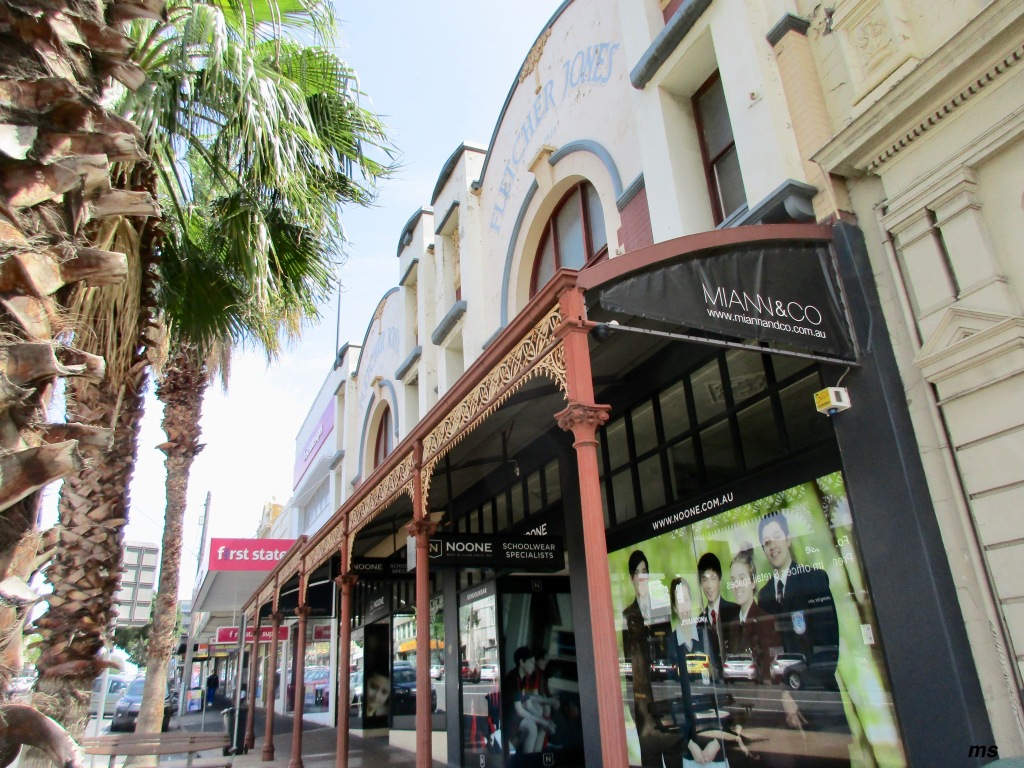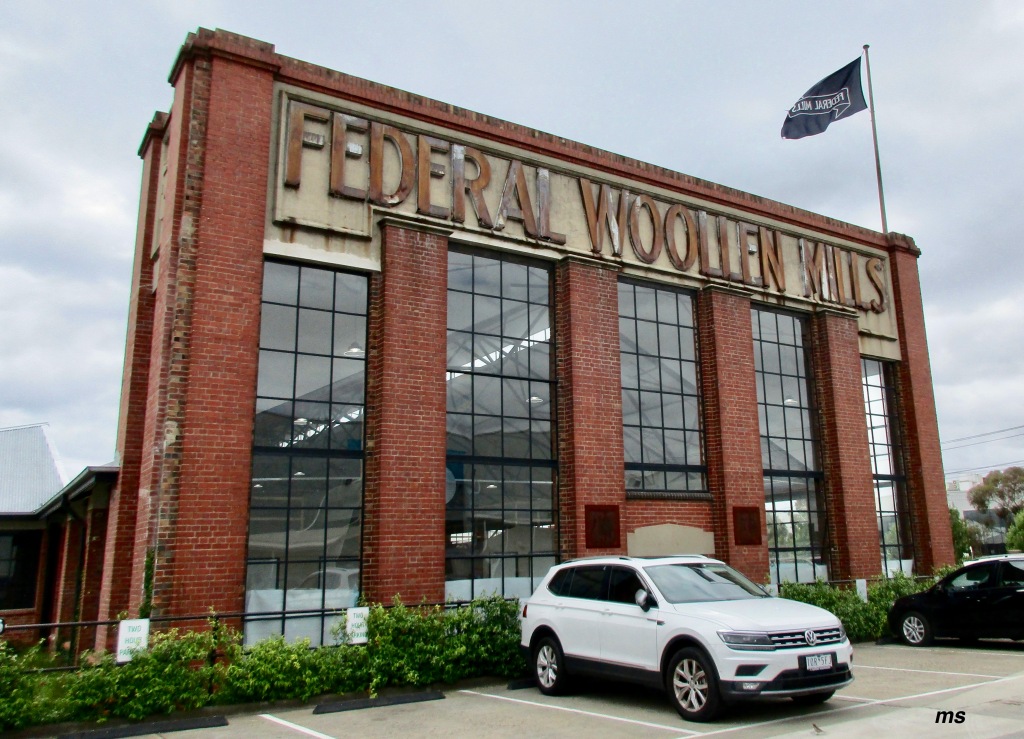The region from the Werribee River to Lorne that included Geelong was first occupied by the Wathaurong who had inhabited the western side of Port Phillip Bay for more that 25,000 years. With the arrival of John Batman at Indented Head in 1835 who established a holding station, squatters arrived pushing the original inhabitants off their land.

Over the next hundred years industries expanded until the 1930s depression, but after World War Two, growth continued until the 1970s. Free trade policies squeezed the city’s clothing, footwear, automobile, automobile parts, aluminium, oil refining, food processing, and rope and cement manufacturing so that companies relocated or closed altogether. The biggest Geelong employer, the Australian Ford Motor Company that had been Australia’s headquarters since 1925, closed its doors in 2016.
Unlike most cities where high rise structures dominated the city landscape, Geelong’s old buildings were spared demolition. There was a reason for this and it wasn’t just a handful of people who argued against the loss of these tasteful buildings. Because of jobs lost, there was no money to revitalize the city so its old buildings survived.

In Northern Geelong was the tasteful Federal Woollen Mills’ main building. The brick factory was constructed by the first Australian Labour Government in 1915 and offered better working conditions for factory employees. The labour force was responsible for scouring, carding, dyeing, spinning and weaving wool into cloth using the mill’s own power plant.
During the First World War, the mills supplied army uniforms and blankets to Australian soldiers. After the war, the factory switched to making cloth and increased production when World War 11 broke out. Before closing in 2001, it even produced cloth for the first Qantas 747s.

In 2013 work began to restore the site and was completed three years later. I wandered through the large complex that consisted of small companies that occupied various sections of the original mills. Because it was Saturday, most were closed so I could only explore the exterior. Opposite was an antique emporium which was the reason we had come to the location, and we wandered the aisles finding a gem or two.

